The Story of Turquoise
My love affair with turquoise began in the early 1950s, inspired by treasures from my grandmother's jewelry box. During World War II, her son-my Uncle John-joined the Army Air Force and trained as a pilot in the American Southwest.
Despite the wartime rationing, she somehow managed to attend his graduation. While there, she brought home several beautiful turquoise pieces-each one a keepsake from that time.
Years later, I inherited those pieces. I converted the earrings to studs, then began researching how to repair the cracked stone in the vibrant blue ring. Back then, no jeweler would touch it. Today, I know there are techniques to restore it, but I've chosen not to risk it. It's more than just a ring-it's a family heirloom.
Uncle John never made it home from the war. That loss makes these pieces all the more precious to me.
Despite the wartime rationing, she somehow managed to attend his graduation. While there, she brought home several beautiful turquoise pieces-each one a keepsake from that time.
Years later, I inherited those pieces. I converted the earrings to studs, then began researching how to repair the cracked stone in the vibrant blue ring. Back then, no jeweler would touch it. Today, I know there are techniques to restore it, but I've chosen not to risk it. It's more than just a ring-it's a family heirloom.
Uncle John never made it home from the war. That loss makes these pieces all the more precious to me.
The story of turquoise as I see it
To be classified as true turquoise, a stone must contain hydrated copper and aluminum phosphate. This gemstone formed eons ago, when water rich in copper and aluminum seeped through rock layers. Over time, a chemical reaction occurred, resulting in the formation of turquoise veins.
Turquoise is typically found in dry, arid regions and is often a by-product of copper mining. The presence of copper and aluminum is what gives turquoise its signature colors, while other minerals in the host rock form the stone's matrix-the web-like patterns or contrasting veins that run through it. The matrix can vary widely in color depending on the surrounding minerals.
Turquoise comes in a range of qualities, and it's relatively rare worldwide. The most prized variety is a rich robin's egg blue, often considered the ideal shade. The color variations in turquoise are caused by different levels of copper and iron in the stone. A bluer turquoise indicates higher copper content, while greener hues appear when iron replaces some of the aluminum in the mineral structure.
Turquoise is typically found in dry, arid regions and is often a by-product of copper mining. The presence of copper and aluminum is what gives turquoise its signature colors, while other minerals in the host rock form the stone's matrix-the web-like patterns or contrasting veins that run through it. The matrix can vary widely in color depending on the surrounding minerals.
Turquoise comes in a range of qualities, and it's relatively rare worldwide. The most prized variety is a rich robin's egg blue, often considered the ideal shade. The color variations in turquoise are caused by different levels of copper and iron in the stone. A bluer turquoise indicates higher copper content, while greener hues appear when iron replaces some of the aluminum in the mineral structure.

The first turquoise is believed to have been discovered in Egypt over 7,000 years ago on the Sinai Peninsula. By 3000 BC, Egyptians were already using this sacred stone in jewelry. It was worn by Pharaohs and used by healers.
Ancient leaders across the world also adorned themselves with turquoise. A quick look into its history reveals that many cultures shared similar beliefs that turquoise could bring good health, wealth, and happiness.
Hint: Search the history of Native American turquoise. It's fascinating.
Most turquoise forms on a host rock, and not all of that rock transforms into turquoise. The part that remains unchanged is called the matrix.
This necklace features beads from several mines, showing how the amount of matrix and the shade of blue can vary from stone to stone.
Ancient leaders across the world also adorned themselves with turquoise. A quick look into its history reveals that many cultures shared similar beliefs that turquoise could bring good health, wealth, and happiness.
Hint: Search the history of Native American turquoise. It's fascinating.
Most turquoise forms on a host rock, and not all of that rock transforms into turquoise. The part that remains unchanged is called the matrix.
This necklace features beads from several mines, showing how the amount of matrix and the shade of blue can vary from stone to stone.

Turquoise rough the "rock" as it's called when first mined is not very attractive at first. Like other gemstones, it must be cut and polished before it can be used in jewelry making.
The best-quality turquoise has a Mohs hardness rating just under 6, slightly harder than window glass. It forms close to the earth's surface and can be cut and polished without any treatments. This type is known as Natural or Gem Quality turquoise.
Only about 5% of mined turquoise falls into this category, so most turquoise sold today is treated or stabilized to make it usable for jewelry.
Because high-grade turquoise is so rare, it's often set in gold like the beautiful ring my Uncle John once gave to my grandmother.
The best-quality turquoise has a Mohs hardness rating just under 6, slightly harder than window glass. It forms close to the earth's surface and can be cut and polished without any treatments. This type is known as Natural or Gem Quality turquoise.
Only about 5% of mined turquoise falls into this category, so most turquoise sold today is treated or stabilized to make it usable for jewelry.
Because high-grade turquoise is so rare, it's often set in gold like the beautiful ring my Uncle John once gave to my grandmother.

Some people believe that the more treatments turquoise rough undergoes, the less valuable it becomes. However, the process depends on the quality of the original rough.
These treatments don't necessarily make the stones less desirable. In fact, they help improve or stabilize the color and durability of the material.
Stabilizing turquoise does not always devalue it. Some stabilized turquoise can be just as valuable as untreated natural stones.
This sand-cast silver cuff, purchased in 1974 at the Grand Canyon, features a stabilized but not dyed nugget. If it hadn't been stabilized, I believe it would have cracked by now, given how often and how hard I wear it.
The ring, purchased about 30 years later, is also stabilized turquoise. I'm not sure if it's color-enhanced since I didn't save the paperwork, but that doesn't matter I bought it because its stone color matched the cuff perfectly.
These treatments don't necessarily make the stones less desirable. In fact, they help improve or stabilize the color and durability of the material.
Stabilizing turquoise does not always devalue it. Some stabilized turquoise can be just as valuable as untreated natural stones.
This sand-cast silver cuff, purchased in 1974 at the Grand Canyon, features a stabilized but not dyed nugget. If it hadn't been stabilized, I believe it would have cracked by now, given how often and how hard I wear it.
The ring, purchased about 30 years later, is also stabilized turquoise. I'm not sure if it's color-enhanced since I didn't save the paperwork, but that doesn't matter I bought it because its stone color matched the cuff perfectly.

Because untreated turquoise is porous, it can absorb skin oils and environmental elements, causing the stone to turn greener over time.
Natural oils and waxes were among the first treatments used to enhance turquoise color and slow or prevent this color change.
More rugged, less polished stones can still create beautiful jewelry pieces. However, much of the turquoise mined, cut, and finished overseas years ago wasn't fully stabilized, so it may continue to change color.
Lower-quality turquoise, both old and new, may also lack the high polish of stabilized stones. In those cases, embracing green turquoise can be a beautiful and intentional choice.
Natural oils and waxes were among the first treatments used to enhance turquoise color and slow or prevent this color change.
More rugged, less polished stones can still create beautiful jewelry pieces. However, much of the turquoise mined, cut, and finished overseas years ago wasn't fully stabilized, so it may continue to change color.
Lower-quality turquoise, both old and new, may also lack the high polish of stabilized stones. In those cases, embracing green turquoise can be a beautiful and intentional choice.

According to the Gemological Institute of America, if the base stone is turquoise-whether stabilized, enhanced, crushed, or assembled-it is still considered genuine turquoise and can be labeled as such.
However, the U.S. Federal Trade Commission requires that any treatment significantly affecting a stone's value must be disclosed to the buyer.
Tiffany & Company was one of the first to stabilize turquoise by soaking rough material in resin to harden it. Today, turquoise is stabilized or enhanced by soaking or pressure-treating the rough with resins or plastic compounds.
Stabilized turquoise won't change color because it's no longer porous, and it's also harder, making it less likely to crack or break.
In this photo, the necklace and bracelet in the center are strung with dyed and waxed beads. Over time, the wax can turn white if not properly cared for, such as by cleaning after each use.
Compare those waxed beads to the stabilized nuggets used with amber in the outer necklace. The resin stabilization allows for a much higher polish than wax ever could.
However, the U.S. Federal Trade Commission requires that any treatment significantly affecting a stone's value must be disclosed to the buyer.
Tiffany & Company was one of the first to stabilize turquoise by soaking rough material in resin to harden it. Today, turquoise is stabilized or enhanced by soaking or pressure-treating the rough with resins or plastic compounds.
Stabilized turquoise won't change color because it's no longer porous, and it's also harder, making it less likely to crack or break.
In this photo, the necklace and bracelet in the center are strung with dyed and waxed beads. Over time, the wax can turn white if not properly cared for, such as by cleaning after each use.
Compare those waxed beads to the stabilized nuggets used with amber in the outer necklace. The resin stabilization allows for a much higher polish than wax ever could.

Thin slices of high-grade turquoise can be attached to a stronger gemstone with a higher Mohs hardness, creating a doublet. This gives the look of a thicker turquoise piece at a fraction of the cost while making the stone more durable and resistant to cracks.
The Zachery Process, discovered in the 1980s, uses a secret chemical solution that doesn't harden the rough but makes it easier to polish and less likely to change color from skin oils. Because it starts with higher-quality rough that doesn't easily break, the treated stones still require the same care as fine turquoise.
A newer option on the market is Mosaic Turquoise. Small pieces of dyed turquoise and other materials are bonded together with polymers, such as in Purple Mojave Turquoise.
Some striking stones are made by adding ground metals like bronze or copper into the matrix-the spaces between the turquoise fragments. I don't own any yet (though I'd love to work with it), but here's an Alunite and Copper cabochon from my collection to show what a metallic matrix can look like.
The Zachery Process, discovered in the 1980s, uses a secret chemical solution that doesn't harden the rough but makes it easier to polish and less likely to change color from skin oils. Because it starts with higher-quality rough that doesn't easily break, the treated stones still require the same care as fine turquoise.
A newer option on the market is Mosaic Turquoise. Small pieces of dyed turquoise and other materials are bonded together with polymers, such as in Purple Mojave Turquoise.
Some striking stones are made by adding ground metals like bronze or copper into the matrix-the spaces between the turquoise fragments. I don't own any yet (though I'd love to work with it), but here's an Alunite and Copper cabochon from my collection to show what a metallic matrix can look like.

Two types of turquoise often found at lower price points are Reconstituted (Compressed) Turquoise and Chalk Turquoise.
Reconstituted or Compressed Turquoise is created by mixing crushed or ground turquoise fragments with resin. Dye is sometimes added to enhance the color.
The mixture is then compressed into blocks, cut, and polished. Because it's affordable, this material is commonly used in turquoise heishi necklaces.
Reconstituted or Compressed Turquoise is created by mixing crushed or ground turquoise fragments with resin. Dye is sometimes added to enhance the color.
The mixture is then compressed into blocks, cut, and polished. Because it's affordable, this material is commonly used in turquoise heishi necklaces.

There is more Chalk Turquoise on Earth than any other grade of turquoise. It's a very low-grade material found deeper in the soil and usually contains less copper than harder turquoise.
The rough is typically pale blue to white, sometimes with matrix similar to turquoise from the U.S. Southwest. With a Mohs hardness of around 2, it's far too soft for jewelry use.
Because the rough has the texture of chalk much like sidewalk chalk it must be treated with resins and dyes before it becomes usable.
Chalk turquoise has its advantages. It's available in many colors, resists chemicals, and won't change color over time. Its low cost also makes it a great way to start working with real turquoise.
Beautiful colors can be achieved with chalk turquoise, but the color may not extend all the way through the stone.
The rough is typically pale blue to white, sometimes with matrix similar to turquoise from the U.S. Southwest. With a Mohs hardness of around 2, it's far too soft for jewelry use.
Because the rough has the texture of chalk much like sidewalk chalk it must be treated with resins and dyes before it becomes usable.
Chalk turquoise has its advantages. It's available in many colors, resists chemicals, and won't change color over time. Its low cost also makes it a great way to start working with real turquoise.
Beautiful colors can be achieved with chalk turquoise, but the color may not extend all the way through the stone.


There's a lot of imitation turquoise on the market. These stones often start as magnesite or howlite, which are treated and cut to resemble real turquoise.
I'm not sure what stone the turquoise-colored scarab in this bracelet is, but I know it's not turquoise. Still, it had the color I wanted, so I used it.
Sometimes it's just fun to mix turquoise-look stones with other materials to create a unique piece of jewelry.
What matters most is knowing what you're working with. Buying from reputable dealers helps ensure that confidence.
I'm not sure what stone the turquoise-colored scarab in this bracelet is, but I know it's not turquoise. Still, it had the color I wanted, so I used it.
Sometimes it's just fun to mix turquoise-look stones with other materials to create a unique piece of jewelry.
What matters most is knowing what you're working with. Buying from reputable dealers helps ensure that confidence.


My take on using turquoise (and other gemstones)
Mixing other gemstones with turquoise helps stretch your materials and lower the cost per jewelry piece.
I recently bought a strand of high-grade turquoise nuggets, and by using them across more than 20 pieces, the price per use became very reasonable.
Do your research on each gemstone and learn about the different grades available. Think about how you'll use a particular bead strand or cabochon.
Consider your design aesthetic, what you enjoy, and how the finished piece will be worn and by whom.
In the end, it doesn't matter what stone or grade you use as long as you've done your research, you like it, and it works for your design.
I recently bought a strand of high-grade turquoise nuggets, and by using them across more than 20 pieces, the price per use became very reasonable.
Do your research on each gemstone and learn about the different grades available. Think about how you'll use a particular bead strand or cabochon.
Consider your design aesthetic, what you enjoy, and how the finished piece will be worn and by whom.
In the end, it doesn't matter what stone or grade you use as long as you've done your research, you like it, and it works for your design.


You don't always need to buy new materials. I still have turquoise nuggets and beads I bought in the early 1970s, and I reuse them as jewelry styles evolve.
Don't be afraid to take apart old jewelry and give it new life.
Over the years, I've collected stone fetishes from trading posts across the U.S., which inspired my own version of a fetish necklace-remade at least four times and counting.
Don't be afraid to take apart old jewelry and give it new life.
Over the years, I've collected stone fetishes from trading posts across the U.S., which inspired my own version of a fetish necklace-remade at least four times and counting.


Care
Stabilized turquoise is generally not affected by sunlight, but because it's treated with resins or plastics, heat can still cause damage. Turquoise is also sensitive to caustic chemicals and some cosmetics.
It's best to remove your jewelry when cleaning, washing dishes, swimming, or bathing.
A jeweler would never use a steam or ultrasonic cleaner on turquoise and neither should you. Never use chemical cleaners.
After wearing, clean turquoise jewelry with warm, soapy water, rinse with clean water, dry thoroughly, and store it in a low-humidity area.
Tarnish-free jewelry boxes or bags are ideal for keeping your pieces safe and beautiful.
It's best to remove your jewelry when cleaning, washing dishes, swimming, or bathing.
A jeweler would never use a steam or ultrasonic cleaner on turquoise and neither should you. Never use chemical cleaners.
After wearing, clean turquoise jewelry with warm, soapy water, rinse with clean water, dry thoroughly, and store it in a low-humidity area.
Tarnish-free jewelry boxes or bags are ideal for keeping your pieces safe and beautiful.
Materials

13 Piece Turquoise (Reconstituted) Collar Set - Pack of 1 Set
A2-127
- Lesson Quantity: 1.00 pieces
- Purchase Quantity: 1.00 each
- Price: $3.57
- Gold Club Price: $2.68

African Turquoise 12mm Coin Beads - 8 Inch Strand
A1-740
- Lesson Quantity: 1.00 pieces
- Purchase Quantity: 1.00 each
- Price: $14.70
- Gold Club Price: $11.03

African Turquoise 6mm Round Beads - 8 Inch Strand
A1-734
- Lesson Quantity: 1.00 pieces
- Purchase Quantity: 1.00 each
- Price: $7.35
- Gold Club Price: $5.51

African Turquoise 5x15mm Flat Chip Beads - 8 Inch Strand
A1-743
- Lesson Quantity: 1.00 pieces
- Purchase Quantity: 1.00 each
- Price: $14.70
- Gold Club Price: $11.03
Tools
No tools listed
- Category: General Education
- Technique(s): General Education









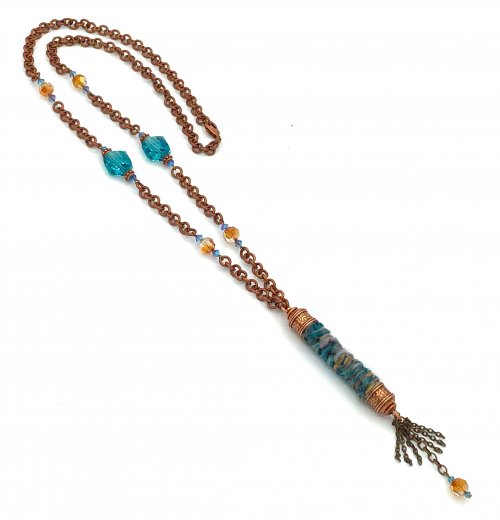
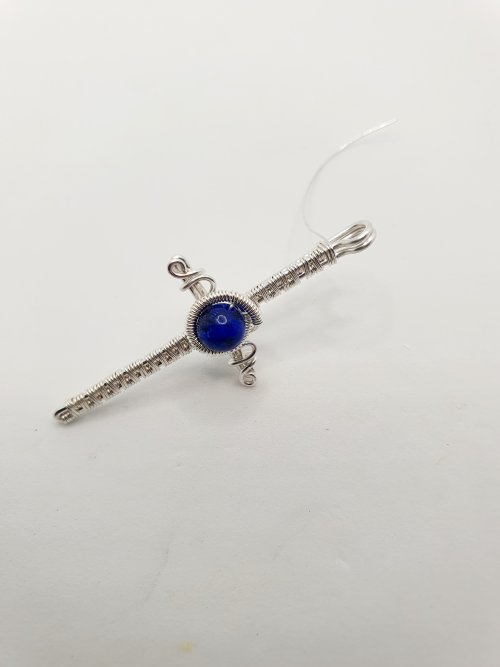
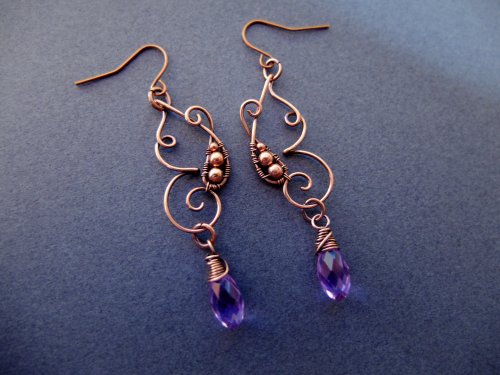

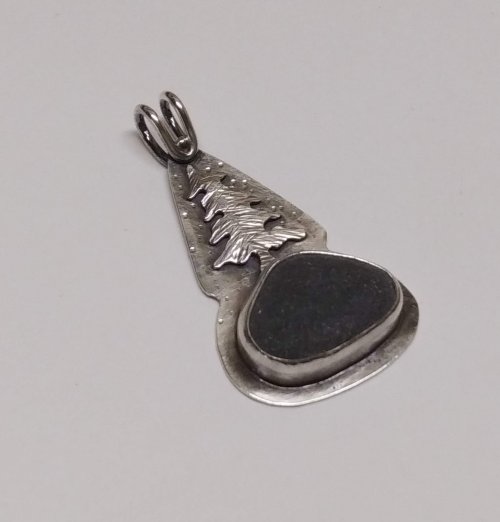
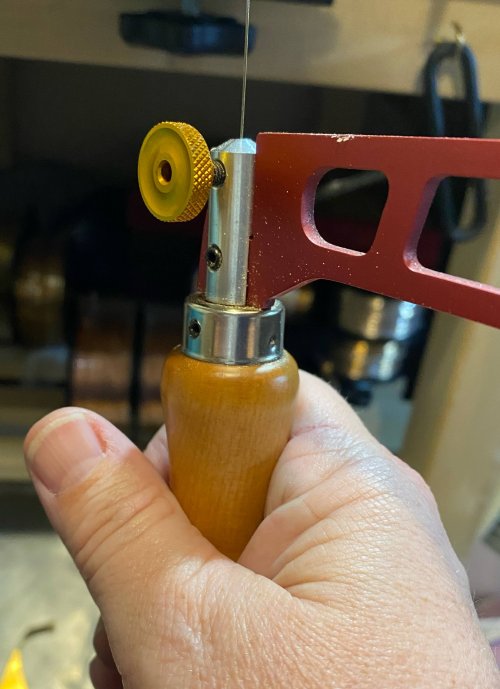
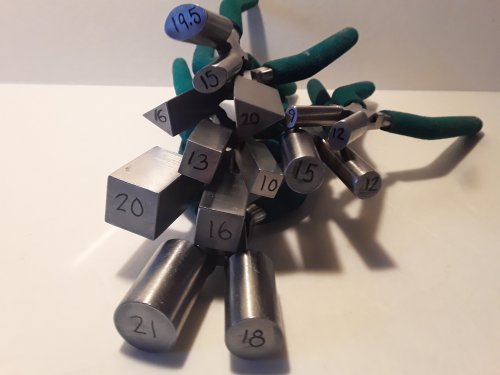
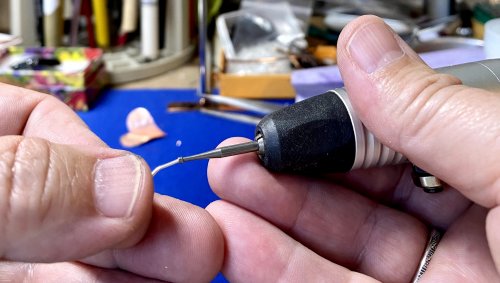
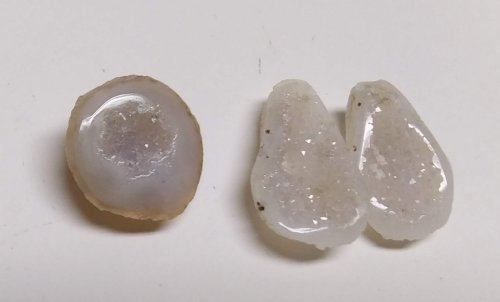


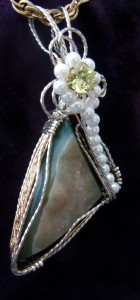
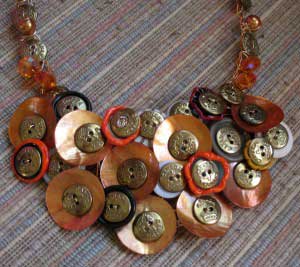
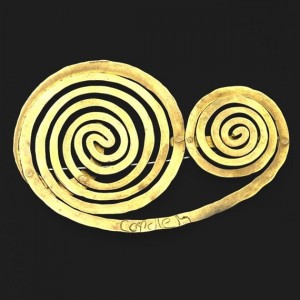 Coiled Wire Jewelry Series Part 1 - Everything New is Old
Coiled Wire Jewelry Series Part 1 - Everything New is Old
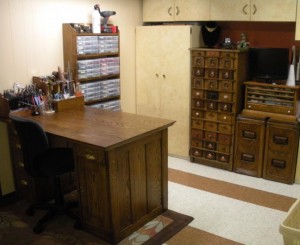 Where do you create
Where do you create
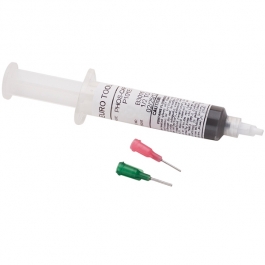 Soldering on Copper
Soldering on Copper
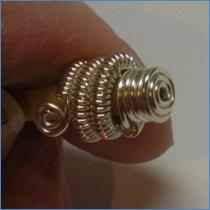 Charting Your Creations
Charting Your Creations
 Design Process with 3 Earrings
Design Process with 3 Earrings
 All About Rolling Mills
All About Rolling Mills
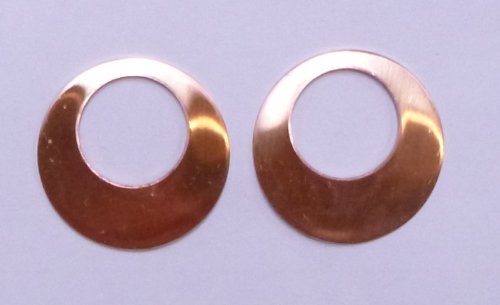 How to Use Disc Cutters to Make Metal Washers
How to Use Disc Cutters to Make Metal Washers
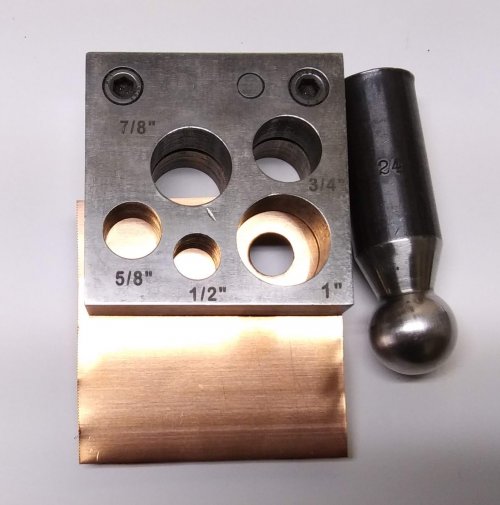 Disc Cutter Basics and How to Make Metal Washers
Disc Cutter Basics and How to Make Metal Washers
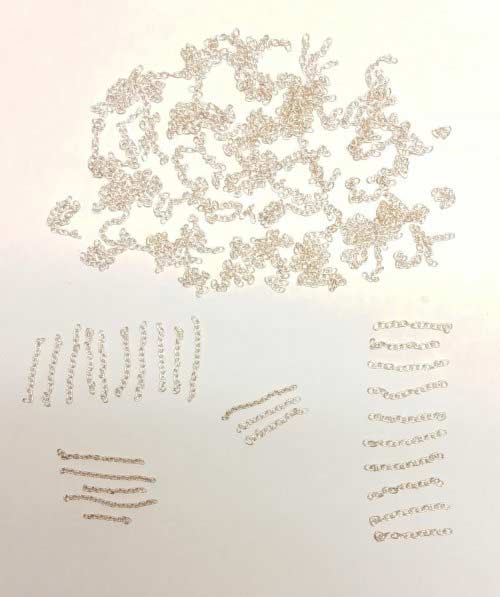 I Am Not a Hoarder
I Am Not a Hoarder
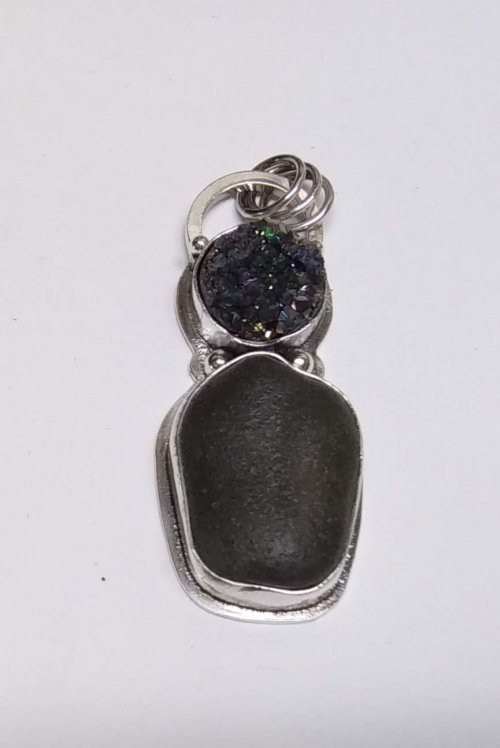 The Beauty of Druzy
The Beauty of Druzy
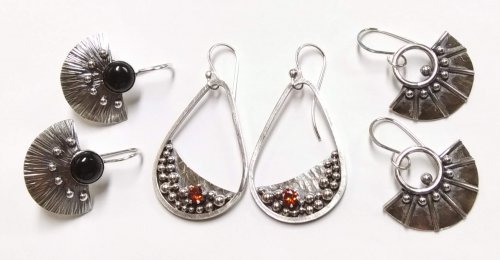 Design Process with 3 Different Earrings
Design Process with 3 Different Earrings
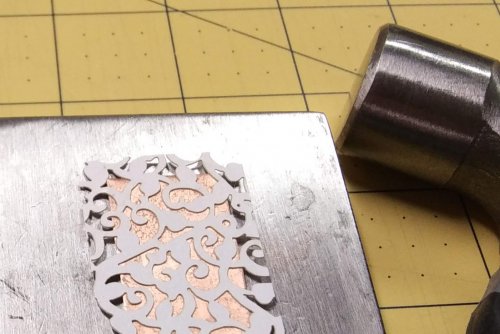 Think Outside the Box - Alternative Metal Texturing
Think Outside the Box - Alternative Metal Texturing
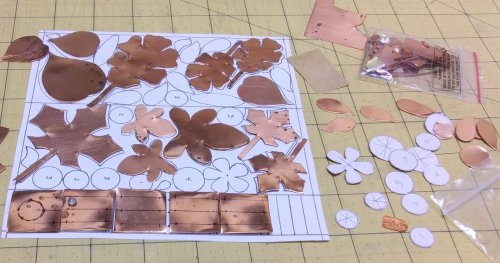 Fall Leaves for Your Designs
Fall Leaves for Your Designs
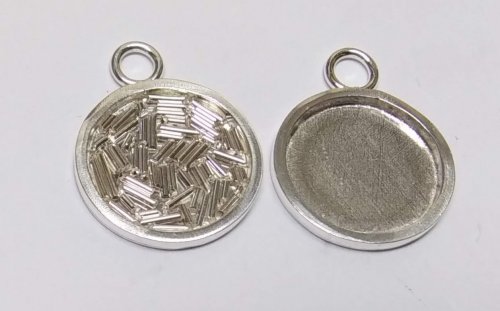 Cholula "Folk Art" Charms
Cholula "Folk Art" Charms
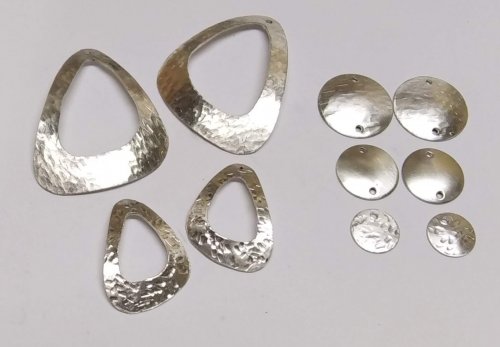 Lemons to Lemonade
Lemons to Lemonade
 Why You Should Take a Class
Why You Should Take a Class
 Bead, Shell, and Rock Cabochons
Bead, Shell, and Rock Cabochons
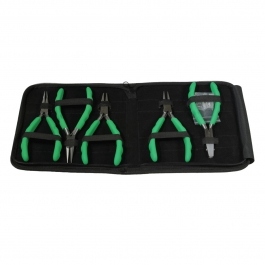 What Tools Do I Need for Wirework and Bead Stringing - Start With The Basics
What Tools Do I Need for Wirework and Bead Stringing - Start With The Basics
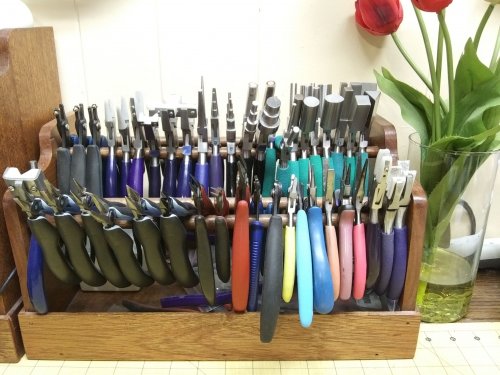 Choosing Pliers
Choosing Pliers
 Saving, Storing, Using Tutorials
Saving, Storing, Using Tutorials
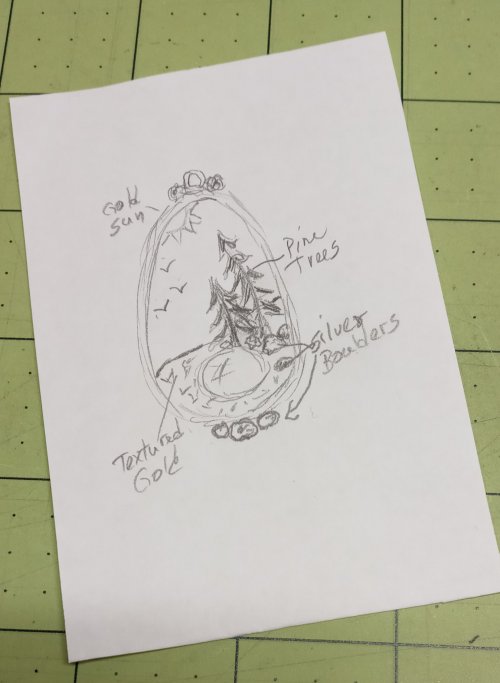 Flop to Flip
Flop to Flip
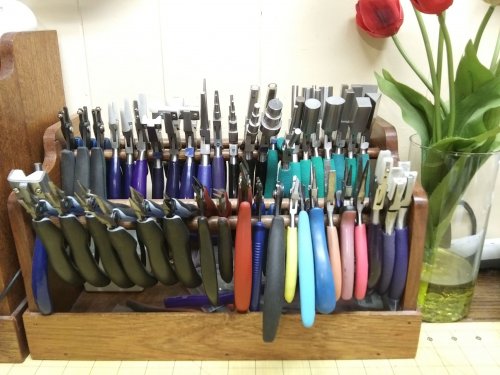 Non Marring Tools
Non Marring Tools
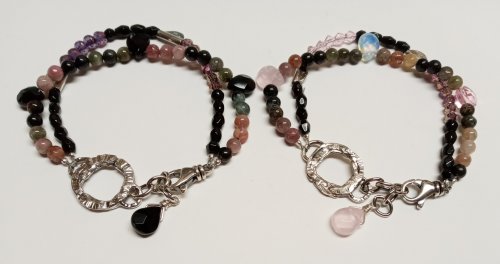 Using Lower Quality Beads
Using Lower Quality Beads
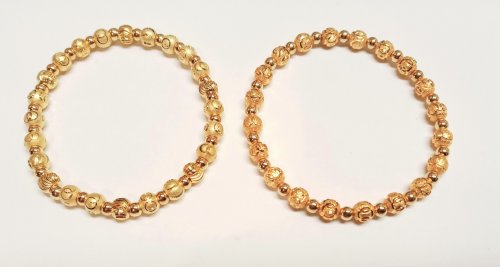 Differences in Gold Plating
Differences in Gold Plating
 Inventorying Your Supplies
Inventorying Your Supplies
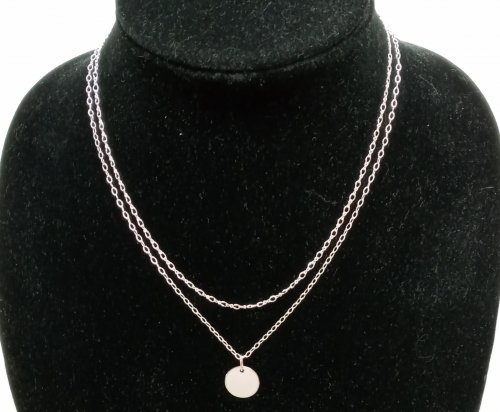 Engineering the Multi-chain Necklace
Engineering the Multi-chain Necklace
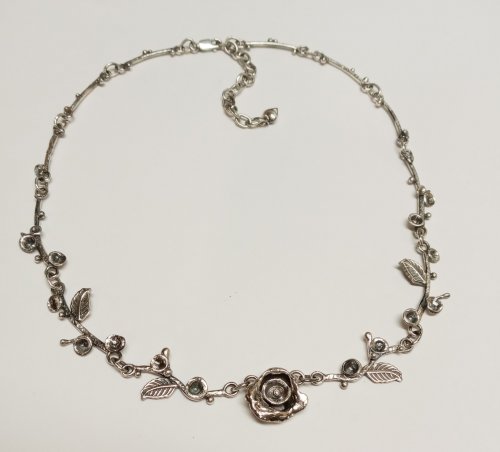 Benefits of Extender Chains
Benefits of Extender Chains
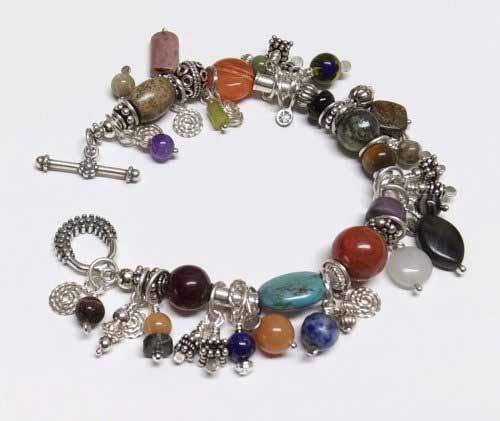 My Most Often Used Embellishments
My Most Often Used Embellishments
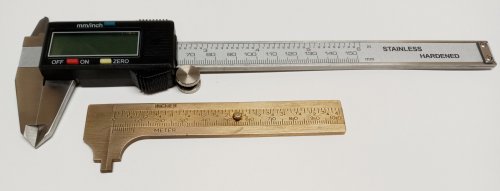 Sliding Gauges and Calipers
Sliding Gauges and Calipers
 Wire and Sheet Gauge Measuring Tool
Wire and Sheet Gauge Measuring Tool
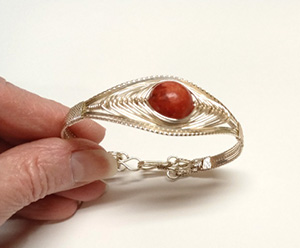 Silver Plated Copper Craft Wire
Silver Plated Copper Craft Wire
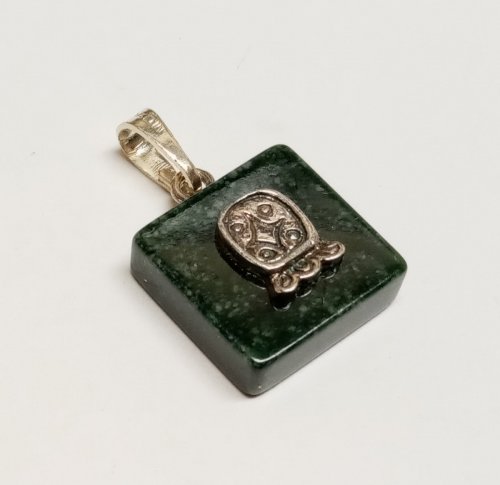 Jewelry from Other Cultures
Jewelry from Other Cultures
 Conversation Starters
Conversation Starters
 Well, That Didn't Work, Now What
Well, That Didn't Work, Now What
 Water Casting for the Weekend Jeweler
Water Casting for the Weekend Jeweler
 A Few Thoughts on Multi-Strand Beading Wires
A Few Thoughts on Multi-Strand Beading Wires
 How to Downsize Your Earring Projects Without Losing Style
How to Downsize Your Earring Projects Without Losing Style
 Celebration Jewelry
Celebration Jewelry

